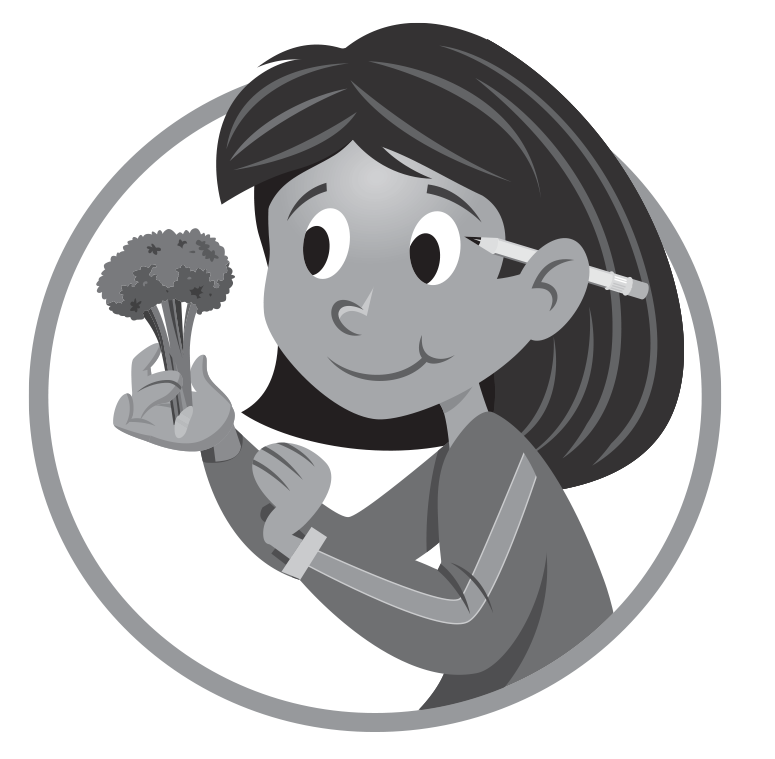Snappy Stems
Students evaluate the function of plant stems and identify edible stems belonging to certain plants.
Background
Lesson Activities
Recommended Companion Resources
Credits
Author
Shaney Emerson and Michelle Risso | California Foundation for Agriculture in the Classroom
Acknowledgements
This lesson update was funded by a grant from the Network for a Healthy California.
Executive Director: Judy Culbertson
Illustrator: Erik Davison
Layout & Design: Nina Danner
Copy Editor: Leah Rosasco
Standards
Indiana Content Area Standards
-
English Language Arts.Kindergarten.SL.1
Listen actively and communicate effectively with a variety of audiences and for different purposes.
- Comprehension.K.SL.3.1: Ask and answer questions about key details in a text read aloud or information presented orally or through other media.
- Discussion and Collaboration.K.SL.2.1: Participate in collaborative conversations about grade-appropriate topics and texts with peers and adults in small and larger groups.
-
Health and Wellness: Standard 7
Students will demonstrate the ability to practice strategies and skills to enhance personal health and reduce health risks.
- 2.7.1 Health and Wellness: Identify character traits and behaviors of a healthy and safe person.
-
English Language Arts.Grade 1.RV.1
Use words, phrases, and strategies acquired through conversations, reading, and being read to, and responding to literature and nonfiction texts to build and apply vocabulary.
- Vocabulary Building.1.RV.2.1: Demonstrate understanding that context clues (eg., words and sentence clues) and text features (eg., glossaries, illustrations) may be used to help understand unknown words.
-
English Language Arts.Grade 1.SL.1
Listen actively and adjust the use of spoken language (e.g., vocabulary) to communicate effectively with a variety of audiences and for different purposes.
- Comprehension.1.SL.3.1: Ask and answer questions about what a speaker says to clarify something that is not understood.
- Discussion and Collaboration.1.SL.2.1: Participate in collaborative conversations about grade-appropriate topics and texts with peers and adults in small and larger groups.
-
English Language Arts.Grade 2.RV.1
Use words, phrases, and strategies acquired through conversations, reading and being read to, and responding to literature and nonfiction texts to build and apply vocabulary.
- Vocabulary Building.2.RV.2.1: Use context clues (e.g., words and sentence clues) and text features (e.g., table of contents, headings) to determine the meanings of unknown words.
-
English Language Arts.Grade 2.SL.1
Listen actively and adjust the use of spoken language (e.g., conventions, vocabulary) to communicate effectively with a variety of audiences and for different purposes.
- Comprehension.2.SL.3.1: Determine the purpose for listening (e.g., to obtain information, to enjoy humor) and paraphrase or describe key ideas or details from a text read aloud or information presented orally or through other media.
- Discussion and Collaboration.2.SL.2.1: Participate in collaborative conversations about grade-appropriate topics and texts with peers and adults in small and larger groups.
